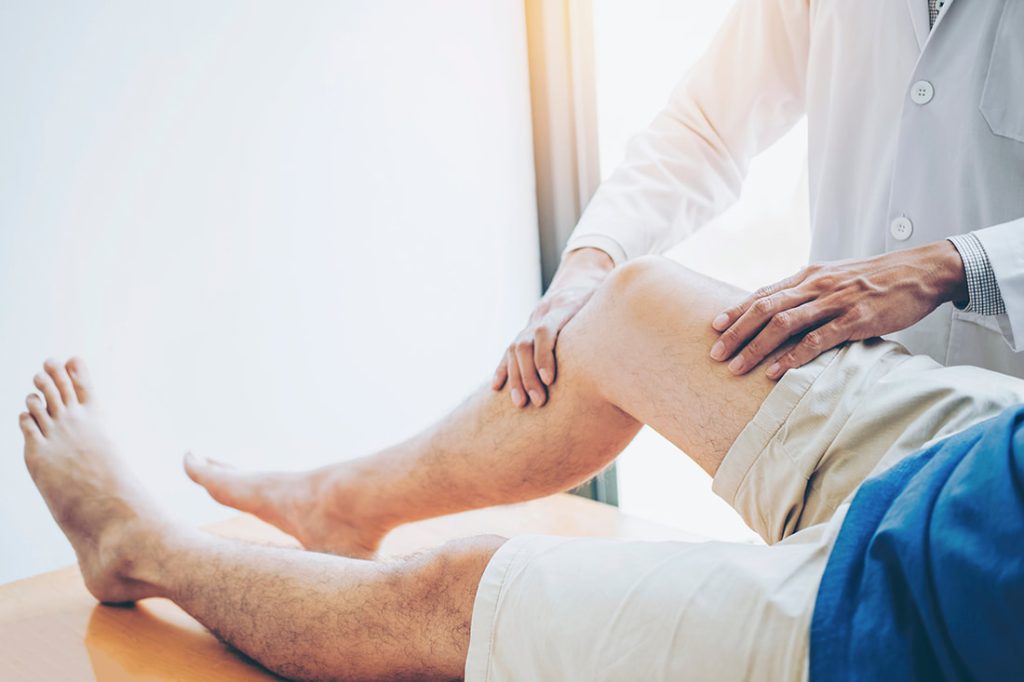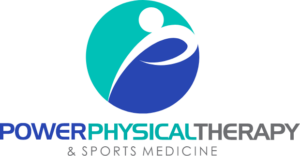Regenerative Therapy for an Active Lifestyle: How Stimpod and Red Light Therapy Support Mobility and Recovery

Why Staying Active Matters
Summer days, busy weeks, and full weekends often demand a lot from the body. Whether it’s long walks, time at the gym, weekend hikes, or simply staying on top of family and work commitments, maintaining mobility and strength is key. But as activity levels increase, so can the wear and tear that makes it harder to keep moving with ease.
That’s where regenerative therapy comes in. This modern approach uses advanced tools like Stimpod neuromodulation and red light therapy to support the body naturally. Unlike invasive procedures or relying on medications, regenerative therapies focus on stimulating the body’s own systems to encourage healthier function, faster recovery, and improved performance.
In this blog, we’ll explore what regenerative therapy is, how Stimpod and red light therapy work, and why these methods are becoming a go-to choice for people who want to stay active, mobile, and in control of their lifestyle.
What Is Regenerative Therapy?
Regenerative therapy is a broad term for methods designed to support the body’s natural ability to repair and restore itself. Instead of covering up discomfort or waiting for issues to “pass,” regenerative therapy works by promoting circulation, improving tissue function, and encouraging better communication between nerves and muscles.
Two of the most widely used tools in this category are:
- Stimpod Therapy – a neuromodulation device that sends targeted electrical stimulation to nerves, helping reset communication pathways and support recovery.
- Red Light Therapy – a light-based treatment that penetrates tissues with low-level wavelengths to improve circulation, reduce tension, and promote cellular activity.
Together, these therapies provide a safe, non-invasive approach for anyone looking to stay active, mobile, and confident in their movement.
How Stimpod Therapy Supports Mobility
The Stimpod is a breakthrough technology in regenerative therapy. It focuses on the nervous system, where many issues related to movement and function begin.
Here’s how it works:
- Neuromodulation – By applying precise electrical stimulation to the affected nerves, the Stimpod helps “reset” abnormal communication patterns. This can lead to smoother muscle activation and more natural movement.
- Circulation Support – Improved nerve signaling also enhances blood flow, which plays a vital role in delivering nutrients and oxygen to tissues.
- Faster Recovery – Athletes, active adults, and those managing everyday stiffness often notice quicker return to activity after incorporating Stimpod sessions.
In short, the Stimpod is about helping the nervous system function the way it should—clear signals, coordinated movements, and healthier support for mobility.
How Red Light Therapy Enhances Recovery
While the Stimpod targets nerves, red light therapy works on a cellular level. It uses wavelengths of light that penetrate the skin and stimulate energy production inside the cells.
Key benefits include:
- Better Circulation – Red light encourages blood vessels to expand slightly, improving nutrient delivery and waste removal.
- Cellular Energy – By boosting ATP (the cell’s energy source), red light therapy helps tissues recover more efficiently.
- Muscle Relaxation – Gentle exposure can ease tension in overworked muscles, making it easier to move freely.
Red light therapy is quick, safe, and often combined with Stimpod sessions for a well-rounded regenerative approach.
The Benefits of Regenerative Therapy for Everyday Life
So, why are more people turning to regenerative therapy options like Stimpod and red light? The answer lies in how these therapies fit seamlessly into modern, active lifestyles.
1. Staying Mobile Through Busy Days
Whether it’s long work hours, commuting, or family responsibilities, mobility challenges can creep in. Regenerative therapy helps keep movement smooth, reducing the hesitation many feel when activity demands increase.
2. Supporting Active Hobbies
From tennis and golf to jogging or swimming, recreational activities place demands on the body. Stimpod and red light therapy support quicker recovery so people can continue participating in the hobbies they enjoy.
3. Non-Invasive and Natural
Instead of relying on invasive procedures or ongoing medications, regenerative therapy provides a natural, side-effect-free alternative that focuses on the body’s own systems.
4. Confidence to Keep Moving
Confidence plays a huge role in staying active. Knowing that there’s support for mobility and recovery helps people commit to routines, stick with exercise plans, and stay engaged in social activities.
Who Can Benefit from Regenerative Therapy?
One of the greatest strengths of regenerative therapy is how versatile it is. It’s not reserved for athletes or individuals with advanced conditions—it can benefit nearly anyone who wants to move better and recover faster.
- Athletes – looking to maximize performance and recover efficiently between training sessions.
- Active Adults – managing the demands of daily routines while staying consistent with exercise.
- Older Adults – interested in maintaining independence, balance, and strength.
- Professionals – who spend long hours sitting, commuting, or working at computers and want to offset stiffness.
No matter the group, regenerative therapy provides a practical way to support mobility and maintain an active lifestyle.
Practical Examples: Where Regenerative Therapy Fits
To understand how regenerative therapy can fit into your life, here are a few everyday examples:
- After Travel – Long flights or car rides can leave the body feeling stiff. Stimpod and red light therapy can be scheduled post-travel to restore mobility.
- Weekend Warriors – For those who go “all-in” on weekend activities like hiking or beach volleyball, regenerative therapy supports quicker recovery so Monday doesn’t feel like a setback.
- Daily Routines – Even tasks like grocery shopping, gardening, or household chores can leave the body taxed. Regular therapy sessions provide consistent support.
The Science Behind Regenerative Therapy
Both Stimpod and red light therapy are backed by research:
- Stimpod Therapy has been studied for its impact on nerve communication, with findings showing improvements in muscle activation and mobility.
- Red Light Therapy has a long history in medical and sports performance settings, demonstrating effectiveness in circulation support, tissue function, and recovery.
This scientific foundation makes regenerative therapy a trusted option for those who value results rooted in evidence.
Why Choose Power Physical Therapy?
At Power Physical Therapy & Sports Medicine, we combine years of experience with the latest regenerative therapy options. Our approach is:
- Personalized – Every session is tailored to your specific needs and goals.
- One-on-One Care – You’ll always work directly with a licensed professional.
- Whole-Body Focus – We look beyond the immediate area to ensure the entire body supports healthy movement.
- Community-Oriented – As part of Costa Mesa, we take pride in helping our neighbors stay active, mobile, and confident.
Taking the Next Step
Regenerative therapy may sound high-tech, but it’s designed to integrate seamlessly into your everyday life. With Stimpod and red light therapy, you can support mobility, enhance recovery, and maintain the active lifestyle you value.
Don’t wait until movement becomes more difficult to explore your options. The earlier you begin focusing on mobility, the more you can enjoy freedom in daily routines, hobbies, and long-term health.
👉 Book a Free Discovery Visit today to learn how regenerative therapy could fit into your goals. During this visit, you’ll meet one-on-one with our team, explore your options, and leave with a clear plan forward.
📞 Call us at (714) 557-2100 or book online here: Request Free Discovery Visit
